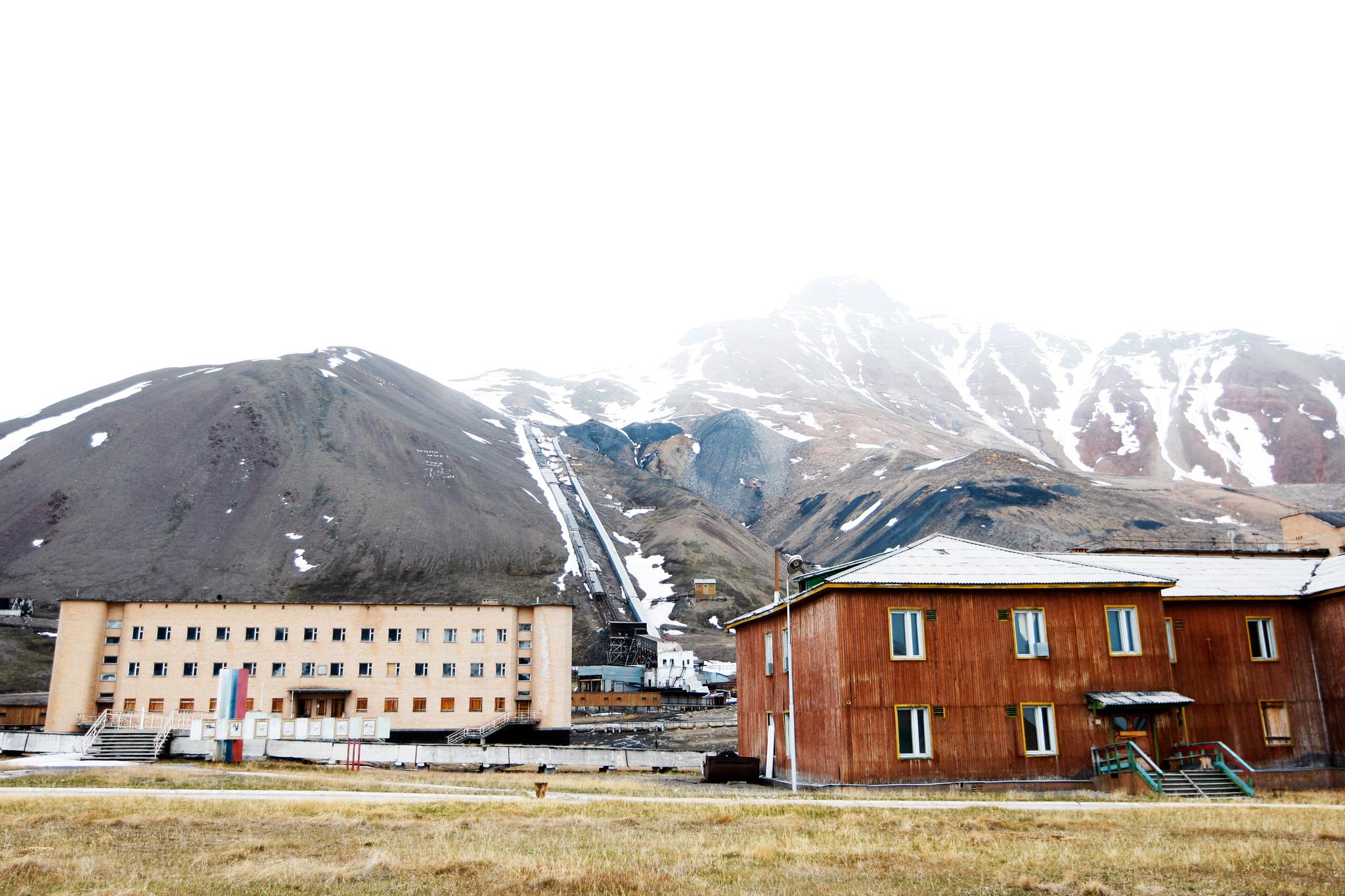The Russians see both tourism and research in the Pyramid. So a disused Arctic outpost could become a strategic foothold.
—
The pyramid on Svalbard may appear to be a historical rarity. There is a bust of Lenin, cultural centres and KGB offices. The abandoned Soviet outpost today presents an exotic picture of the Soviet era.
But the abandoned mining site is today still highly valued by the authorities in Moscow. They are fighting for influence in this strategically important region.
An area of investment
Russian authorities have made the development of the Arctic an area of investment – notably with its fleet of giant nuclear-powered icebreakers.
In recent years, Russia has built new infrastructure and renewed its ports. The changing climate has opened up shipping traffic in the Northeast Passage. Warmer weather leads to less ice in the Arctic. This saves many days for ships travelling the northern sea route from Asia to Europe. The Russian icebreakers will be the world’s largest, capable of penetrating three metres of ice.
Treaty of Svalbard
The Svalbard Treaty of 1920 is the international treaty that guarantees Norway full and undiminished sovereignty over Svalbard. At the same time, the treaty lays down conditions that Norway must meet in its administration of the area, including equal treatment of citizens and companies from all countries that have joined the treaty.
Among the more than 40 treaty countries was the Soviet Union, which began coal mining operations in Barentsburg in 1931. Later they established operations at Pyramiden. Up to 1200 people lived there between 1960 and 1980. Being sent to the Pyramid was considered a dream job for a miner.
In the midst of the Cold War, this settlement gave the Soviets an opportunity to showcase their society and culture. They built a cultural centre, swimming pool, library, school, kindergarten, cinema and museum. There were feathers and a large greenhouse. Milk, meat, eggs, vegetables and flowers were produced there. The pyramid became a Soviet pattern factory.
Disintegrated
When the Soviet Union dissolved, mining continued in Barentsburg. But in the Pyramid it stopped in 1998. The workers left.
Today, the Pyramid looks like a ghost town at first glance. Only a few live here – around five Russians who run a hotel. Polar bears also roam here.
But although most of it is deserted and abandoned, nothing is destroyed. The buildings were built to last even in harsh winters. Even the rails of the taubanen, on which the carts were transported down the pyramid-shaped mountain, are still visible.
Inside the buildings, it is as if time has stood still. One gets the impression that people just left everything in a hurry, and that they thought they would return quickly. Medicine bottles are piled up in the offices. Calendars are still hanging on the walls. Documents are strewn across the tables.
In the classrooms hang children’s drawings, and even the coffee cup for the teacher is still on the table
To develop a research environment
But researcher Yuri Ugryumov, who works at the Arctic and Antarctic Research Institute in St Petersburg, stresses that the Pyramid is not just history.
– This mining village is not abandoned, it is temporarily put on hold, says Ugrjumov, who heads the Russian Arctic Expedition in Svalbard.
Russia is currently developing both tourism and research in the Pyramid. The authorities aim to create a scientific environment and will have glaciologists, hydrologists and marine experts here.
– We hope for an interesting future, he says.
And behind this lie major political interests – both economic and security.
–


